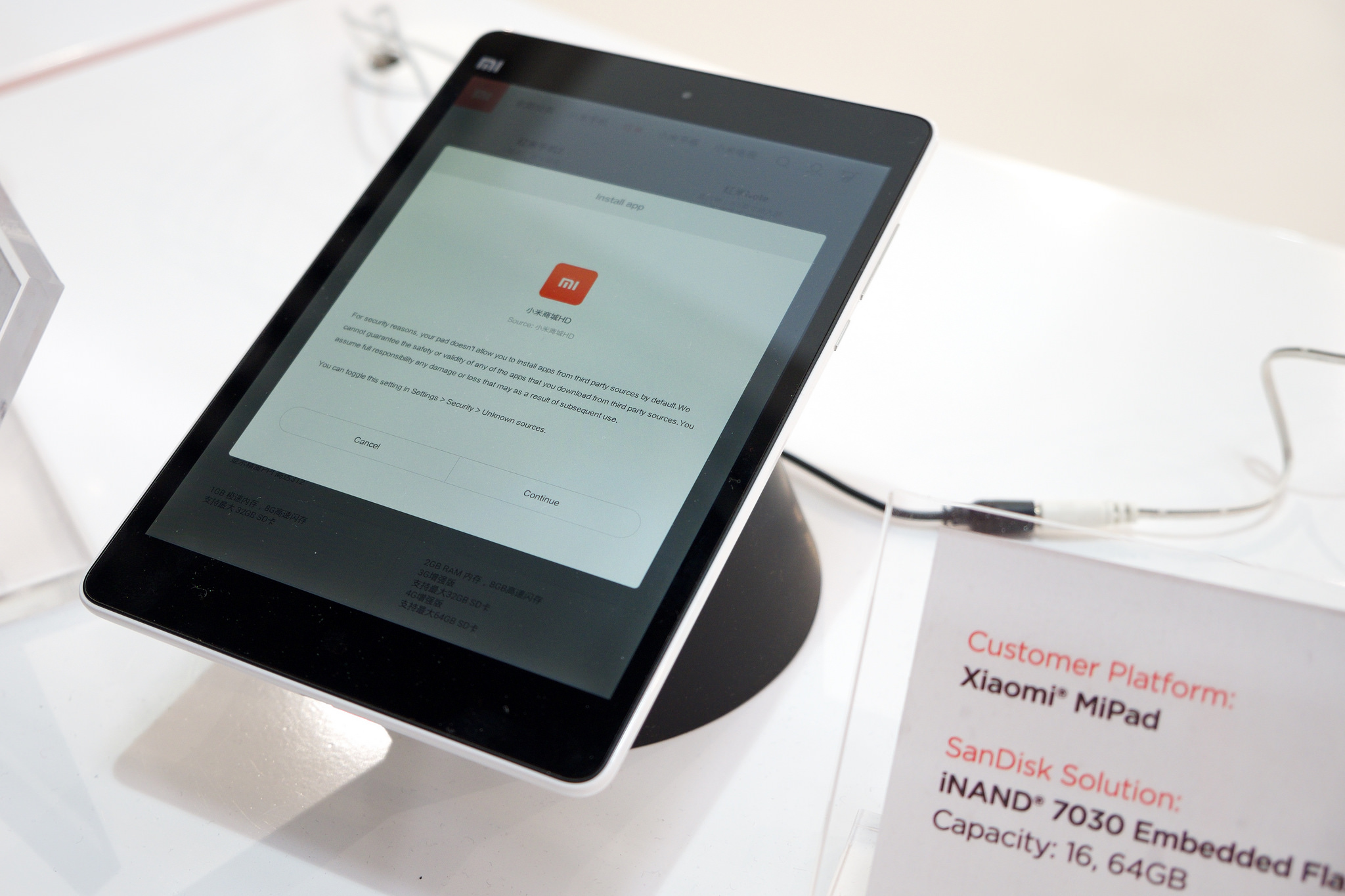 NEWS
NEWS
 NEWS
NEWS
 NEWS
NEWS
The gloss on smartphone maker and leading unicorn Xiaomi, Inc. may be starting to fade with news that the company missed its sales targets in 2015 as competition, particularly in its home country of China, has continued to rise.
According to a report from The Wall Street Journal, Xiaomi missed its sales target of 80 million smartphones for the year, resulting in investors beginning to question its $46 billion valuation as of its last round in April 2015, which was based in part on unrealized plans to generate substantial revenue from Internet services.
Along with increased competition from the likes of Huawei Technologies Co. Ltd. who overtook Xiaomi to become the world’s third largest phone manufacturer with 100 million handsets sold in 2015, the company has faced other problems, including sales of its flagship handset the Mi Note failing to meet expectations due to reports the Snapdragon 810 processor powering it overheats, combined with a broader economic slowdown in China that is seeing the lowest growth figures in the Middle Kingdom for over 30 years.
Xiaomi is also said to have problems with its distribution model, which famously cultivated a group of fans in China in an Apple-like cult of willing buyers, but has conversely meant that in China, at least, it has the same problem in the broader community of being seen as being the domain of a certain subset of sycophants.
China First Capital Chairman Peter Fuhrman explained it this way to The Wall Street Journal:
The lack of a diversified customer base is another challenge for Xiaomi. The company remains “locked in a Chinese demographic ghetto of mainly males 18 to 30” years old… Xiaomi’s focus on low prices has hit its brand image, he said.
Low prices surprisingly are cited as a negative for the company, with the same report noting that Xiaomi’s average smartphone price fell to $122 in the third quarter from $160 a year earlier, despite China’s smartphone sector moving upmarket; the average price of a smartphone in China is said to have risen to $240 from $202, with Huawei’s rising to $209 from $201, while Xiaomi’s best-selling model last year was its cheapest, the $76 Redmi 2A.
The pressure on Xiaomi is not surprising given that it is starting to happen across many unicorns (startups with a valuation of $1 billion or higher) as the market matures and investors become more weary, or as is also likely the case we’ve hit the top of the second great tech bubble.
To be fair to the company though its prospects are not entirely grim: it still holds the position of the 4th largest smartphone manufacturer in the world, it still shipped over 60 million units last year, and it still isn’t for sale in most Western markets meaning it got to that position selling to the developing world alone.
With its first laptop due to be releasde sometime later this year, and an expansion into more territories potentially leading to increased sales, its far to early to write the company off yet.
THANK YOU